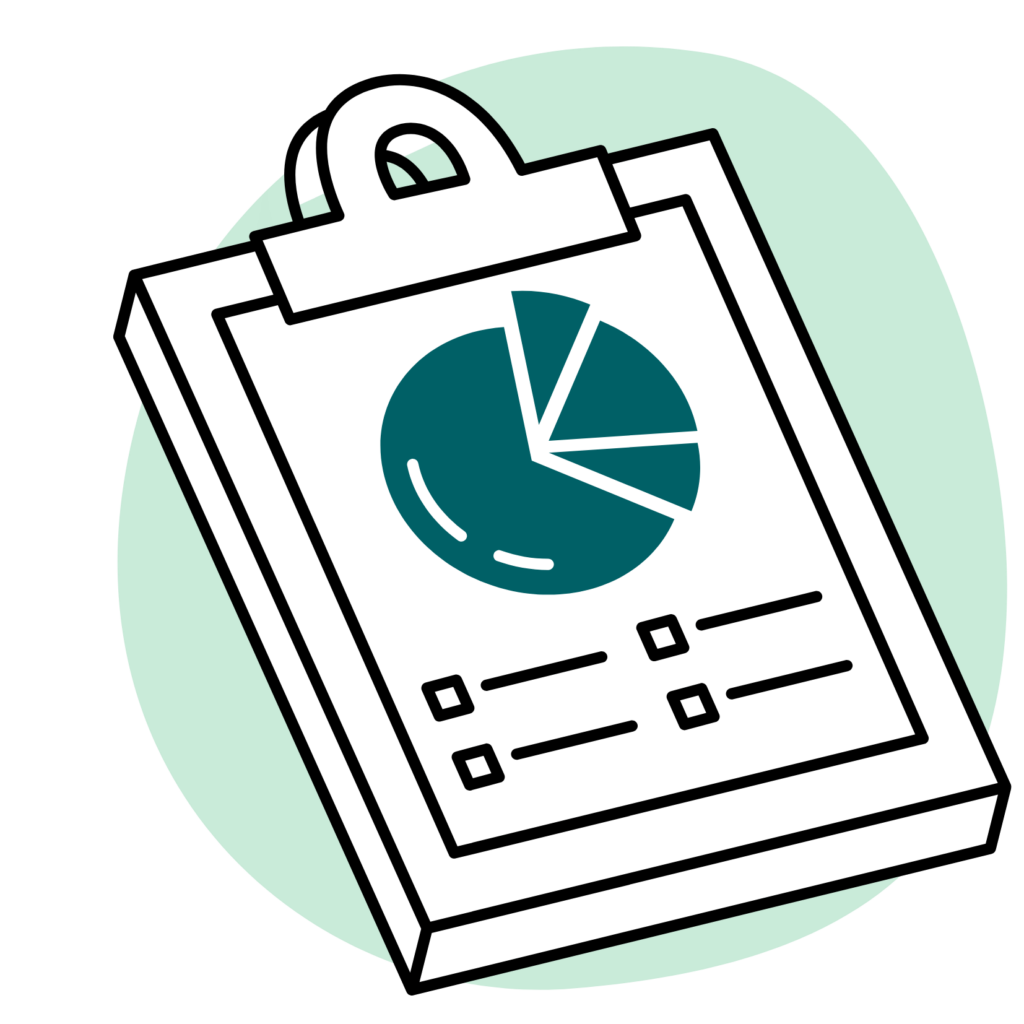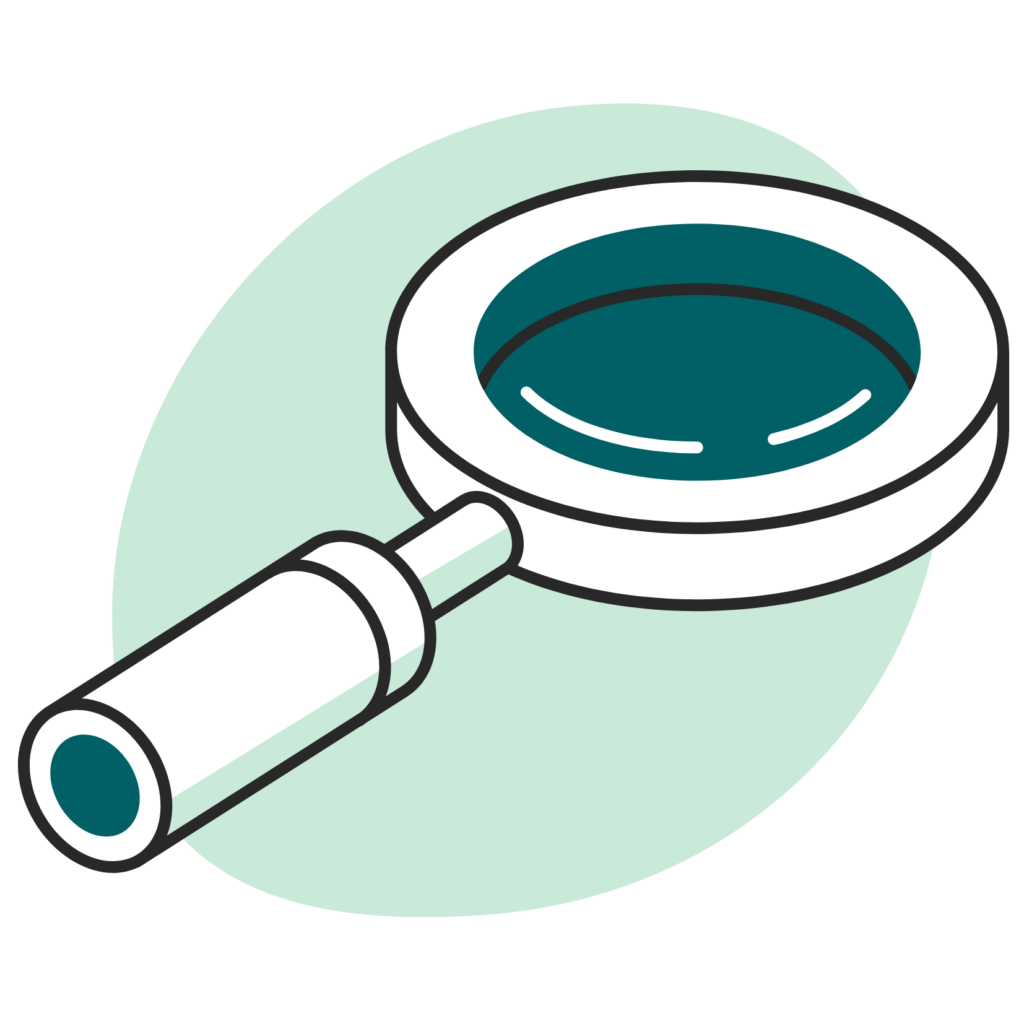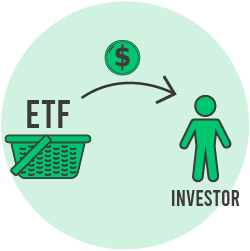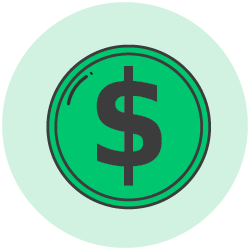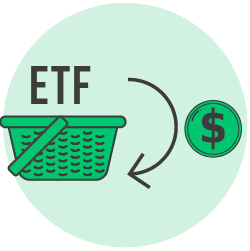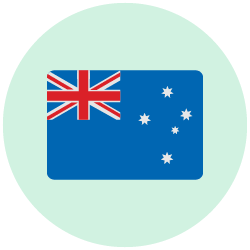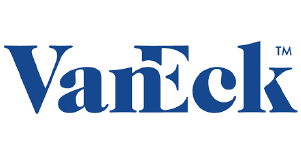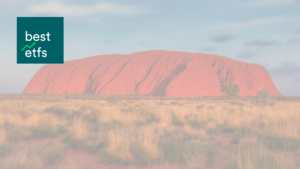VanEck Vectors Gold Miners ETF (ASX:GDX)
The VanEck GDX ETF gives investors exposure to companies from around the world which are involved primarily in gold mining.
GDX ETF review
GDX share price and fees
GDX fees
Analyst report
The VanEck Gold Miners ETF (ASX: GDX) isn’t what I would call a ‘true gold ETF’ because instead of investing in gold bars, GDX invests in shares of companies that explore for, dig up and sell gold.
If you’re looking for a pure gold price exposure, consider reading our report on the Global X Physical Gold ETF (ASX: GOLD), Perth Mint Gold ETF (ASX: PMGOLD) and BetaShares Physically Backed Gold ETF (Hedged) (ASX: QAU).
And if you’re looking for an alternative gold miners ETF, take a look at the Betashares Global Gold Miners – Currency Hedged ETF (ASX: MNRS).
⚠️ To discover which of these ETFs is our favourite gold ETF, please consider becoming a premium member of Rask Core 🌏, where we provide members with our best ETFs, research on ASX-listed funds and our highest conviction ASX share ideas — for only $9.99 per month (cancel anytime!). But before you click away, please enjoy this analyst report and then (if you like it) you can consider joining us. Click here to join.
Gold price
You can click here to view the current gold price (the link opens in a new tab). Keep in mind, the gold price is usually quoted in US dollars. This is important to remember because if you are an Australian investor, you should also pay attention to the Australian-dollar price of gold. I’ve also included the total return of all gold ETFs further down the report.
3 pure play standout ETFs
In this 2-minute video on gold ETFs (the link opens in a new tab) I explained the structure and style of Australia’s 3 most popular gold ETFs: GOLD, QAU & PMGOLD.
In short:
- The GOLD ETF from Global X is physically backed, unhedged and allocated.
- The QAU ETF from BetaShares is physically backed, hedged into Australian dollars and allocated.
- The PMGOLD ETF from Perth Mint is not physically backed but represents a right to buy gold from the Perth Mint, with a West Australian Government guarantee.
What about MNRS & GDX? Aren’t they gold ETFs?
The VanEck Gold Miners ETF (ASX: GDX) and Betashares Global Gold Miners ETF (Hedged) (ASX: MNRS) are not true gold ETFs. MNRS and GDX invest in shares of gold mining companies. For this reason, the MNRS & GDX ETFs are very different to the three core gold ETFs: GOLD, QAU & PMGOLD.
The key difference between MNRS and GDX versus the other three true gold ETFs is that because MNRS and GDX invest in shares (rather than the actual gold itself) I believe their performance will be much more like a normal shares ETF — such as Vanguard Australian Shares ETF (ASX: VAS) or BetaShares Australia 200 ETF (ASX: A200). You can view the list of Australian shares ETFs.
So, in my opinion, this defeats the purpose of using them as a way to deflect volatility (i.e. lower risk) in a portfolio. In other words, if you consider investing in GDX or MNRS you should think of them as “risk on” investments and consider allocating them in your ‘shares bucket’ within your portfolio. For example, if you wanted to have 30% invested in Australian shares, these two ETFs would be part of that overall allocation.
Total return of gold ETFs
|
ETF |
5-year total return (p.a.) |
|
GOLD |
9.77% |
|
QAU |
5.65% |
|
PMGOLD |
10.32% |
|
MNRS |
7.19% |
|
GDX |
8.21% |
Source: ASX data, time period ending June 30, 2022.
Over time, I expect gold ETFs like PMGOLD, QAU and GOLD to have lower volatility and more price stability than GDX and MNRS because investors are not exposing themselves to specific company risks. For example, imagine you invest in Newcrest Mining (ASX: NCM) shares, one of Australia’s largest gold miners, because you ‘want to invest in gold’. By doing this you’re not only being exposed to the price of gold (which is Newcrest’s product) but also the execution of its management team, failures at its mine sites, exploration activity (good and bad), and so on.
This is not to say investing in gold mining companies or MNRS and GDX is wrong. Just that it’s a different experience to buying a true gold ETF.
You would want to compare MNRS to other shares focused ETFs and ensure your existing shares ETFs don’t have a high amount of overlap.
How to use an ETF like GDX
As of October 2022, we do not recommend the GDX ETF in our model portfolios at Rask Core 🌏. The fees on GDX is above-average (0.49%) for the ASX and too high for me to consider it as part of our Core holdings. And because it is a sector-specific ETF I think it’s more like a thematic ETF than a diversified shares ETF which can be used in all market environments.
Therefore, like MNRS, I’d only consider GDX to be a Satellite position, which for us means it would only be used as a short-term/2-3 year holding period with a very small allocation (probably less than 5% of a portfolio, and part of the global shares/equities allocation).
Other global shares ETFs
In summary, I could see MNRS being part of a diversified portfolio that includes other global equities/shares ETFs, but not as a replacement. Other global shares ETFs including iShares S&P 500 ETF (ASX: IVV) and Vanguard MSCI Global Shares (ASX: VGS). If you’re looking for an alternative gold miners ETF, take a look at the Betashares Global Gold Miners – Currency Hedged ETF (ASX: MNRS).
Finally, please confuse MNRS or GDX with an actual gold ETF like GOLD, QAU or PMGOLD — chances are, they will have very different outcomes to MNRS & GDX.
To view the full range of ETFs available on the ASX, click here. Or to join us inside Rask Core 🌏 and get all of our premium ASX research and model portfolios, click here.
Cheers!
Owen Raszkiewicz
Founder of Best ETFs Australia, lead analyst of Rask Core
Fee comparison
What does the GDX ASX ETF invest in?
GDX invests in companies from around the world which are primarily involved in gold mining. There are around 50 securities in the portfolio, around half of which are based in Canada.
What do investors use the GDX ETF for?
Investors might use this ETF to gain indirect exposure to gold prices through these mining companies which are primarily involved in gold mining.
How to buy the GDX ETF
A portfolio FULL of our best ETF ideas
Click the button to discover how you can create one account and get an automated professionally managed ETF portfolio.
GDX investor starter pack
GDX literature
GDX holdings
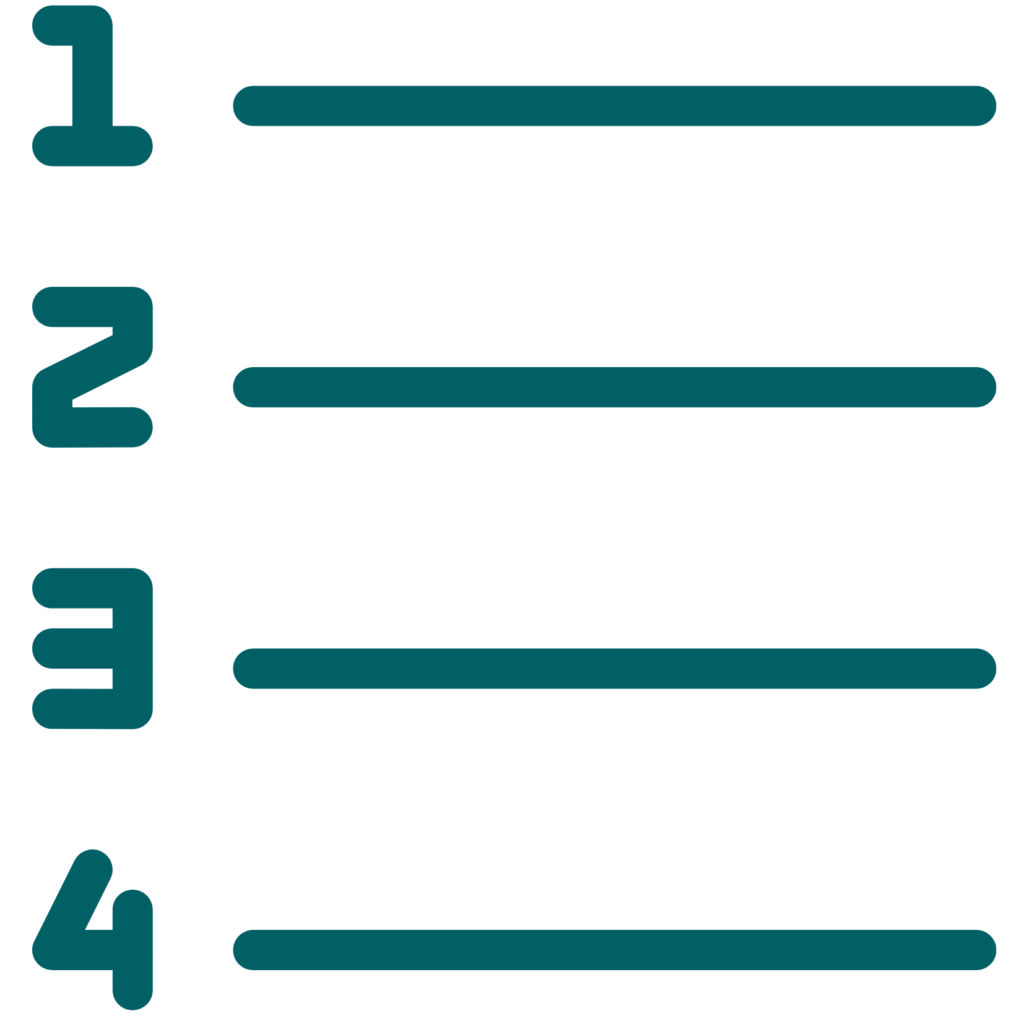
ASX: GDX’s dividend 2021
When does GDX pay a dividend?
GDX dividend reinvestment plan (DRP)
Warnings we apply to the GDX ETF
GDX tax domicile
GDX ETF registry
Fund issuer
International shares sector data
How GDX compares:
Latest ETF News
*The warnings on this page are applied by our ETF research team. Please know that these warnings are based on quantitative metrics and our internal methodology. These risks are not exhaustive and therefore they should not be relied upon. Always read the PDS of the function and speak to your financial adviser before acting on this information.
The Best ETF in Australia?
We’ve found the ONE ETF that could rule them all…
Right now, there are 200+ ETFs on the ASX. Then there are index funds. Hundreds of managed funds. LICs. REITs. And everything in between. Wouldn’t it be nice to make ONE investment and build the strong Core of your portfolio — with just one click?
Rask’s lead ETF research analyst and investing team have identified our #1 ETF for 2021 and beyond. Our analyst team has put together a full research report and a step-by-step investment guide to buying this ETF.
Best of all: The report is totally free and will be sent via email.

Unsubscribe anytime. Read our Terms, Financial Services Guide, Privacy Policy. We’ll never sell your email address. Our company is Australian-owned.
